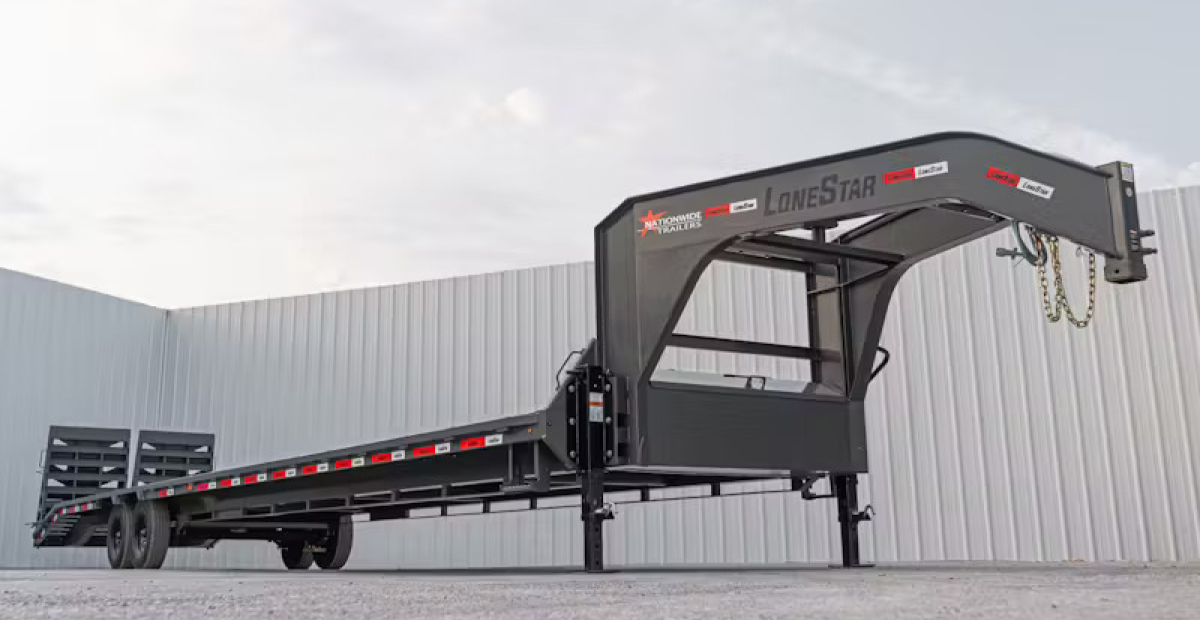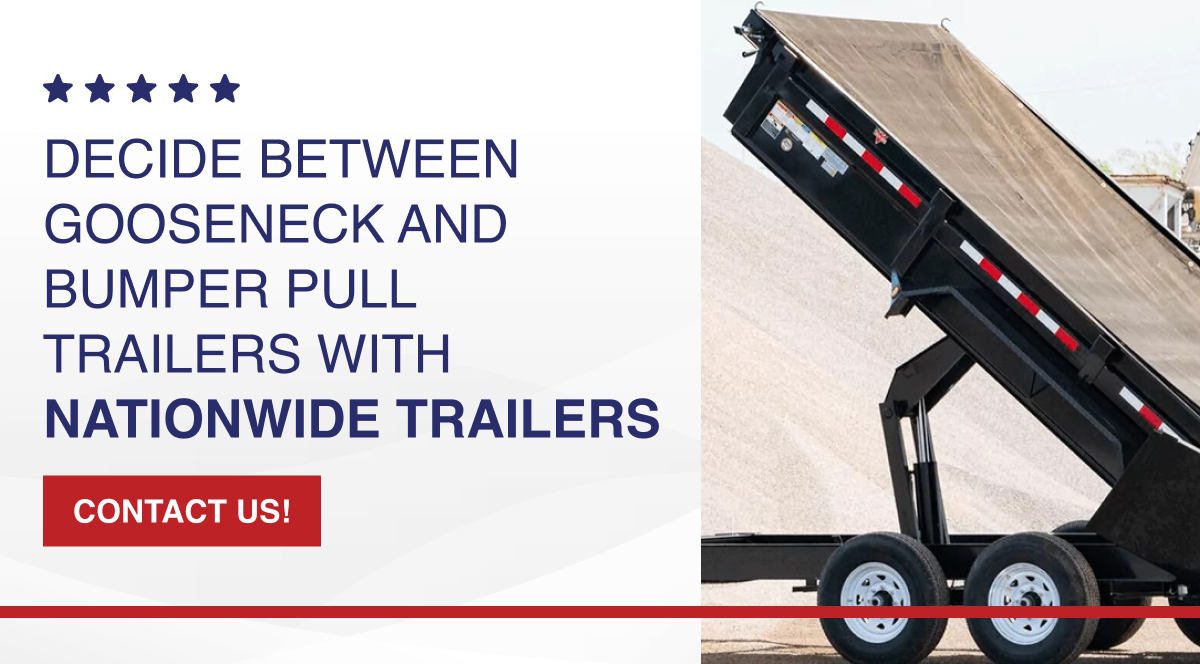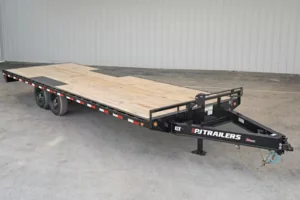
Are you in the market for a new trailer but stuck deciding between a gooseneck and a bumper pull? Trailer owners often face this challenge, as both options offer unique advantages and drawbacks. Understanding the distinctions between these two types can help you make an informed decision that aligns with your needs and preferences. This guide explores everything you need to know about gooseneck and bumper pull trailers, including their differences, pros and cons, and factors to consider when choosing the right one for you.
Discovering the Difference Between Gooseneck and Bumper Pull Trailers
The first step in choosing the right trailer is understanding the fundamental differences between gooseneck and bumper pull trailers. A gooseneck trailer connects to a special hitch in the bed of a truck, requiring specific towing vehicles. This design allows for a stable and secure towing experience, making it ideal for transporting heavy loads. Gooseneck trailers are often used for livestock, large equipment, and machinery.
On the other hand, a bumper pull trailer, as the name suggests, attaches to a standard hitch near the rear bumper of a vehicle. This type is more common and can be towed by a wider range of vehicles, including SUVs and standard pickup trucks. Bumper pull trailers are suitable for lighter loads, like small equipment, recreational vehicles, and household items.
Both gooseneck and bumper pull trailers serve different purposes, and understanding their design and towing mechanisms is crucial in selecting the right fit for your needs.
Weighing the Pros and Cons of Gooseneck and Bumper Pull Trailers
The Advantages of Gooseneck Trailers
Gooseneck trailers boast several benefits, particularly in terms of stability and towing capacity. Since they attach to the truck bed, they distribute weight more evenly across the vehicle. This design provides better control and maneuverability, especially when navigating tight turns or rough terrain. Additionally, gooseneck trailers generally have a higher towing capacity, making them suitable for larger loads.
The Disadvantages of Gooseneck Trailers
However, gooseneck trailers also come with certain drawbacks. They require a specific towing vehicle equipped with a compatible hitch, which may be costly if you need to modify your current vehicle. They are also typically heavier and more challenging to maneuver, especially in urban environments or confined spaces. This factor can make gooseneck trailers less appealing for individuals with limited space for storage or travel.
The Advantages of Bumper Pull Trailers
Bumper pull trailers, on the other hand, offer greater accessibility and versatility. With their attachment to the rear of a vehicle, they can be towed by various vehicles without needing specialized equipment. This feature makes them more convenient for those who may use different vehicles for towing. Additionally, bumper pull trailers are often easier to store and maneuver, making them a popular choice for personal and recreational use.
The Disadvantages of Bumper Pull Trailers
While bumper pull trailers provide convenience, they also come with limitations. Their towing capacity is generally lower than that of gooseneck trailers, which may restrict the types of loads you can transport. Additionally, as they attach to the rear of the vehicle, they may sway more in windy conditions or when traveling at high speeds. This swaying can compromise stability and control, especially when towing heavier loads.
Factors to Consider When Choosing Between Gooseneck and Bumper Pull Trailers
Assessing Your Towing Vehicle
One of the most critical factors in choosing a trailer is the towing vehicle you have or plan to use. Gooseneck trailers require a truck with a specialized hitch, while bumper pull trailers offer more flexibility in vehicle options. Consider the towing capacity of your vehicle and any modifications required to accommodate a particular trailer type.
Identifying Your Intended Use
Think about the primary purpose of your trailer. If you need to transport heavy equipment, livestock, or large loads regularly, a gooseneck trailer might be the better choice due to its stability and towing capacity. However, if you plan to use the trailer for lighter loads, such as moving household items or recreational vehicles, a bumper pull trailer may offer the convenience and accessibility you need.
Evaluating Your Budget
Cost is another crucial consideration when selecting or financing a trailer. Gooseneck trailers typically come with a higher price tag due to their specialized design and towing requirements. You’ll also need to factor in any vehicle modifications needed to accommodate a gooseneck hitch. Bumper pull trailers, while generally more affordable, may incur additional costs if you require additional accessories for safe towing.
Making an Informed Decision on Your Next Trailer
Choosing between a gooseneck and a bumper pull trailer ultimately depends on your specific needs, preferences, and budget. By understanding the differences, advantages, and considerations associated with each trailer type, you can make a well-informed decision that meets your requirements.
For more information on choosing the right trailer for your needs, visit Nationwide Trailers, where our experts can provide personalized advice and recommendations. With an extensive selection of high-quality trailers and unbeatable prices, you can find the perfect fit to suit your lifestyle and ensure your towing endeavors are seamless and successful.



